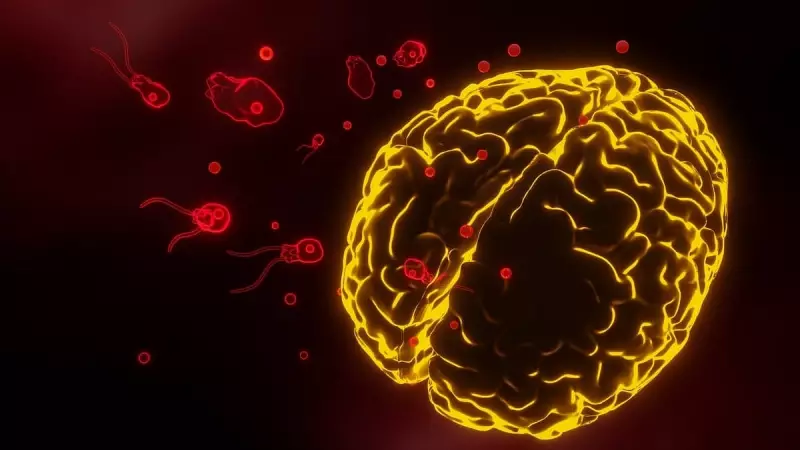
Health authorities in Kerala have sounded the alarm after confirming the third fatal case of Primary Amoebic Meningoencephalitis (PAM) within two months, raising serious concerns about the spread of this rare but deadly brain infection.
The latest victim, a five-year-old girl from Payyoli in Kozhikode district, succumbed to the infection on Monday night at a private hospital. This tragic development comes just weeks after two other children lost their lives to the same water-borne disease in Malappuram and Kannur districts.
Understanding the Deadly Threat
Primary Amoebic Meningoencephalitis is caused by Naegleria fowleri, commonly known as the "brain-eating amoeba." This microscopic organism thrives in warm freshwater and enters the human body through the nose during activities like swimming or diving in contaminated water bodies.
The infection progression is rapid and devastating:
- Initial symptoms resemble bacterial meningitis
- Rapid neurological deterioration
- High fatality rate despite treatment
- Most cases prove fatal within days
Health Department's Urgent Response
Kerala's Health Minister Veena George has convened an emergency meeting of health experts to address the growing crisis. The department has issued critical guidelines to prevent further infections:
- Avoid swimming in freshwater lakes and ponds
- Use nose clips during water-related activities
- Ensure proper chlorination of swimming pools
- Use only boiled or sterilized water for nasal cleansing
Expert Insights and Public Awareness
Medical experts emphasize that while the infection cannot spread from person to person, the rising cases indicate environmental contamination in water bodies across northern Kerala districts.
"The amoeba typically flourishes in warm, stagnant freshwater during summer months," explained Dr. P.S. Rakesh, a public health specialist. "Prevention remains our strongest weapon since treatment options are limited and often ineffective once symptoms appear."
Health authorities have launched extensive awareness campaigns, particularly in coastal and rural areas where people frequently use untreated water from wells and ponds for daily activities.





